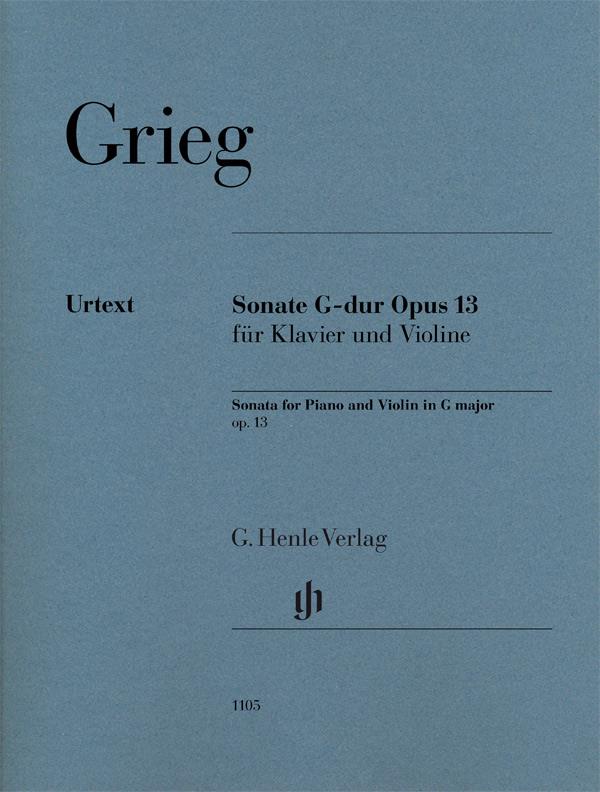Symphony No. 8 in F major Op. 93
Sandwiched between the popular Symphonies Nos. 7 and 9, the relatively short Eighth Symphony finds itself in a difficult position even now. Right after the premiere in February 1814, one critic opined that it had made “no splash”. At first glance it makes recourse to already outmoded forms and genres, even reviving a minuet for the third movement (in lieu of a slow movement) after an Allegretto scherzoso. But Beethoven engages intensively with music history, breaking apart traditional procedures and patterns and finding new, surprising solutions that make his Eighth a milestone in symphonic history. Based on the musical text of the Beethoven Complete Edition and furnishedwith a new preface, this recently prepared edition reflects the latest in Beethoven scholarship. Now, in this study edition, it is available to everyone at a reasonable price and in a handy format. Sandwiched between the popular Symphonies Nos. 7 and 9, the relatively short Eighth Symphony finds itself in a difficult position even now. Right after the premiere in February 1814, one critic opined that it had made “no splash”. At first glance it makes recourse to already outmoded forms and genres, even reviving a minuet for the third movement (in lieu of a slow movement) after an Allegretto scherzoso. But Beethoven engages intensively with music history, breaking apart traditional procedures and patterns and finding new, surprising solutions that make his Eighth a milestone in symphonic history. Based on the musical text of the Beethoven Complete Edition and furnishedwith a new preface, this recently prepared edition reflects the latest in Beethoven scholarship. Now, in this study edition, it is available to everyone at a reasonable price and in a handy format.















































